
10:00am to 04:00pm (Mon to Sat) - Amrita Hospital, Faridabad
06:00pm to 08:00pm (Mon to Sat) - Arthrocare Clinic, Noida
10:00am to 04:00pm (Mon to Sat) - Amrita Hospital, Faridabad
06:00pm to 08:00pm (Mon to Sat) - Arthrocare Clinic, Noida
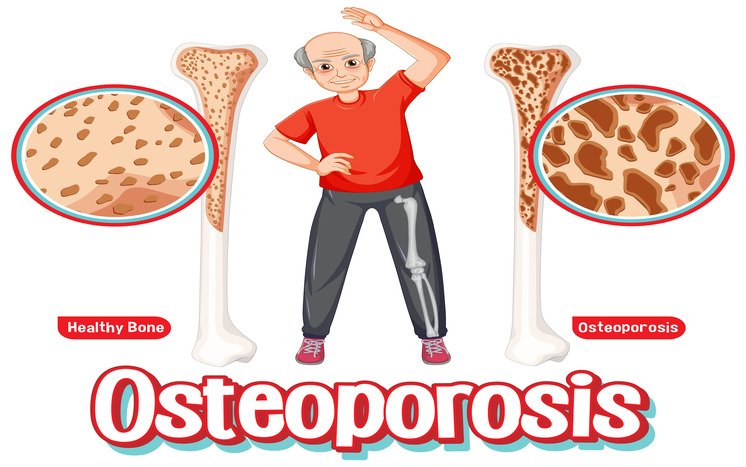 October 20, 2024
October 20, 2024
Osteoporosis, meaning “porous bones,” is a common condition where bones become weak and brittle, increasing the risk of fractures. It is often called a “silent disease” because bone loss occurs gradually and without symptoms until a fracture occurs. As life expectancy increases, osteoporosis has become a significant global health concern, affecting millions of people worldwide.
In this blog, we will explore the basics of osteoporosis, its symptoms, underlying causes, and, most importantly, how you can prevent it to maintain healthy bones throughout your life.
Osteoporosis is a medical condition characterized by the weakening of bones, making them fragile and more susceptible to fractures. Bone is a living tissue that continuously breaks down and rebuilds itself. In people with osteoporosis, the balance between bone breakdown and bone formation is disrupted, leading to decreased bone density and weakened bone structure.
The disease affects both men and women, but postmenopausal women are at the highest risk due to a decline in estrogen levels, which plays a crucial role in maintaining bone density. Common areas prone to fractures include the hips, spine, and wrists.
Osteoporosis often progresses without noticeable symptoms, making it difficult to detect early. However, as the disease advances, certain signs may indicate compromised bone health:
Since osteoporosis develops slowly, regular bone health check-ups are essential to catch it early.
Osteoporosis can result from several factors, including lifestyle choices, hormonal changes, and certain medical conditions. Below are some of the most common causes and risk factors:
1. Age-Related Bone Loss
2. Hormonal Changes
3. Nutritional Deficiencies
4. Lack of Physical Activity
5. Smoking and Excessive Alcohol Consumption
6. Medical Conditions
7. Family History and Genetics
8. Use of Certain Medications
Fortunately, osteoporosis can be prevented with a proactive approach. Here are some effective strategies to maintain strong and healthy bones:
1. Ensure Adequate Calcium and Vitamin D Intake
2. Engage in Regular Weight-Bearing Exercises
3. Maintain a Healthy Lifestyle
4. Monitor Bone Health
5. Get Enough Protein
6. Consider Supplements if Needed
7. Hormone Therapy (For Postmenopausal Women)
8. Fall-Proof Your Environment
Osteoporosis is a serious condition, but it is not inevitable. By understanding the symptoms and causes, you can take proactive steps to prevent or slow its progression. Focusing on a healthy lifestyle with proper nutrition, regular exercise, and routine check-ups can significantly reduce your risk of osteoporosis and help you maintain strong bones as you age.
Remember, your bone health is in your hands. Start building good habits today, and your bones will thank you for a lifetime!
Do you have questions about osteoporosis or need help getting started with a bone-healthy lifestyle? Contact Dr. Mrinal Sharma, the leading joint replacement surgeon.
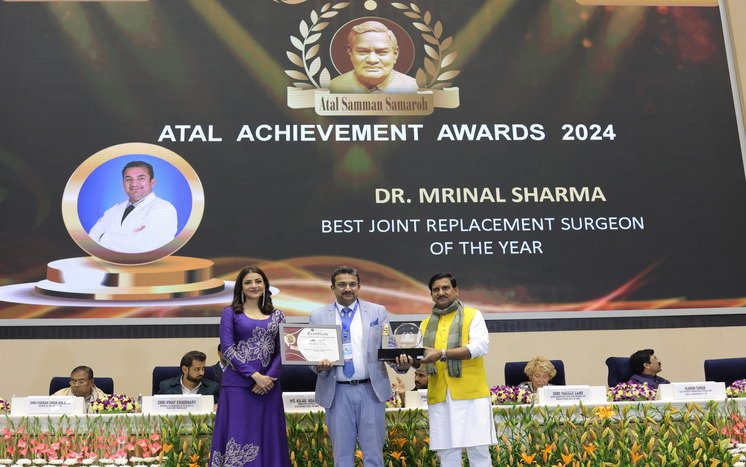
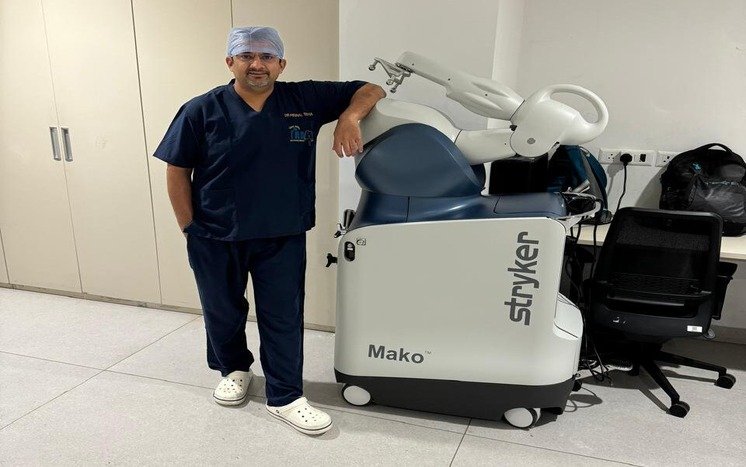

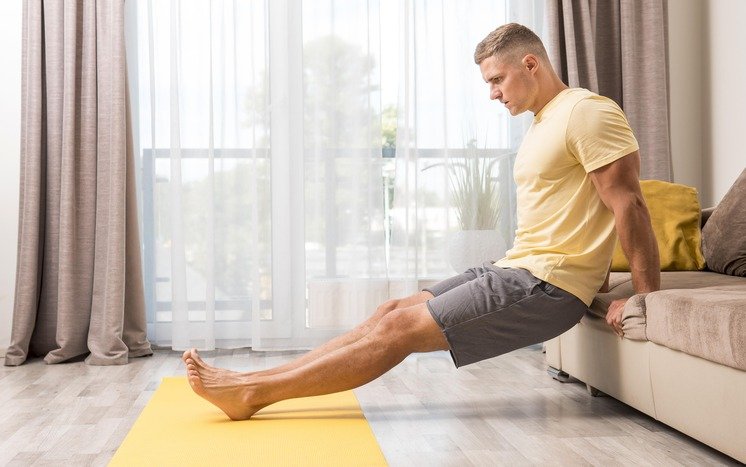
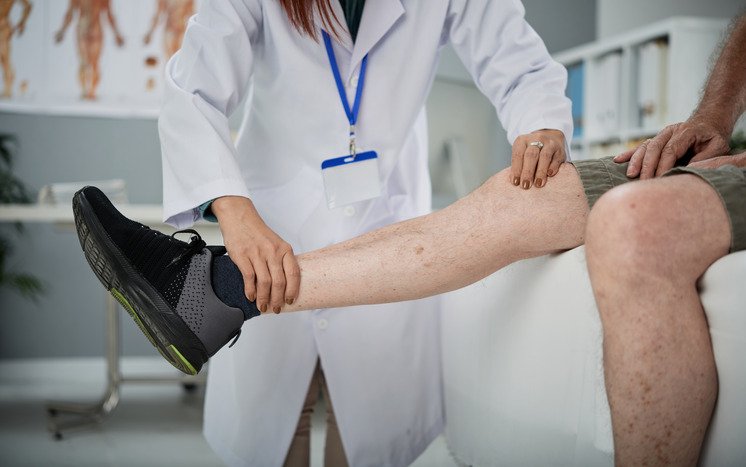
© 2024 Dr. Mrinal Sharma | All rights reserved. Designed and Developed by DigiTrend